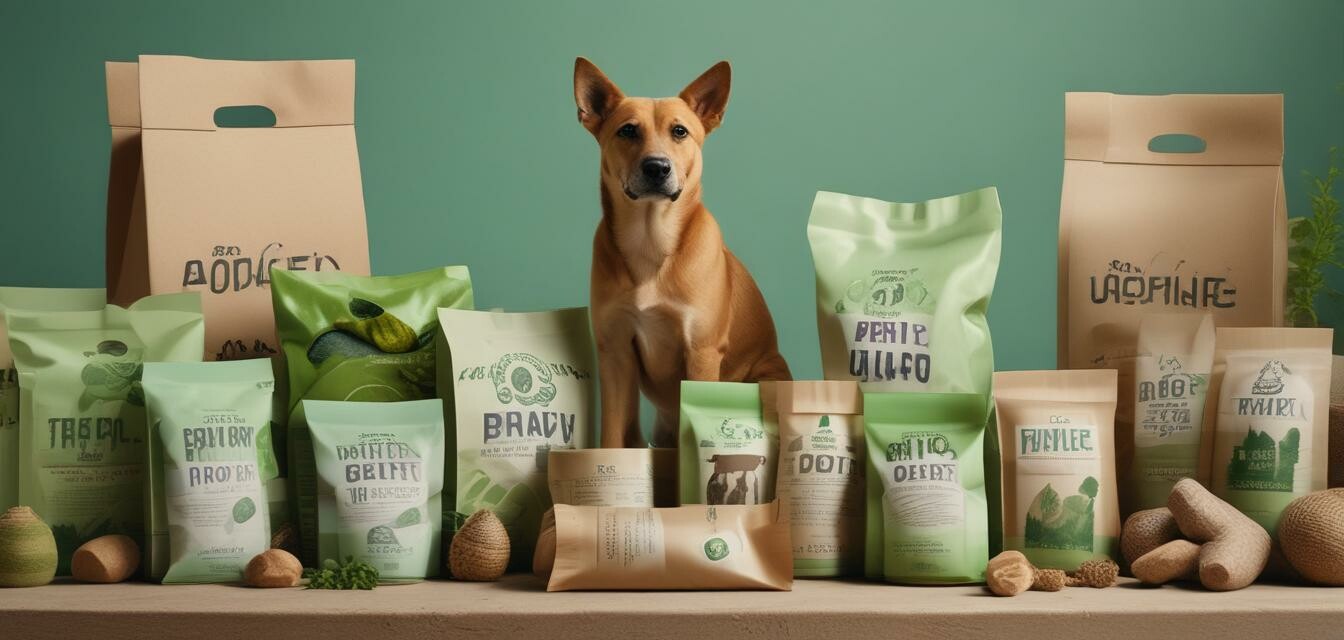
Pet Owner Preferences: Sustainability in Pet Supplies
Key Takeaways
- Pet owners are increasingly prioritizing sustainability, impacting their purchasing choices.
- Eco-friendly products are becoming mainstream as brands adapt to consumer preferences.
- Studies reveal a growing demand for biodegradable options and sustainable materials.
- Pet owners are willing to pay more for eco-conscious products.
- Understanding these trends aids pet supply businesses in aligning with consumer needs.
The pet supplies industry is witnessing a remarkable shift as pet owners embrace sustainable practices. A blend of consumer awareness, scientific studies, and surveys highlight changing preferences that prioritize eco-friendly products. This article delves into how these preferences are influencing the market and encouraging businesses to adopt sustainability in their practices.
The changing landscape of pet ownership
With a rising global consciousness surrounding environmental issues, pet owners are increasingly questioning their purchasing decisions. This change has led to a greater demand for environmentally friendly options in the pet supplies market. According to recent surveys, over 70% of pet owners now consider the sustainability of products before making a purchase.
Key studies illustrating pet owner preferences
Several studies underscore the evolving preferences among pet owners, reflecting a deeper commitment to sustainability:
- In a survey conducted by [Research Group], it was found that 62% of pet owners would switch brands for eco-friendly options.
- Research from [EcoLab] discovered that consumers are willing to pay up to 40% more for biodegradable waste solutions.
- A report from [Pet Industry Association] highlighted that 55% of respondents prioritize the sustainability of materials when selecting toys.
Consumer behavior: Driving sustainability
The shift towards sustainability is not just a trend; it represents a fundamental change in consumer behavior. Here are some insights that illustrate this transformation:
| Factor | Percentage of Pet Owners |
|---|---|
| Consider sustainability in purchases | 70% |
| Prefer biodegradable waste solutions | 60% |
| Willing to pay more for eco-friendly products | 55% |
| Trust brands with sustainable practices | 65% |
Trends in eco-friendly product offerings
As the demand grows, many brands are responding by introducing eco-friendly products. Here are some prominent trends:
- Biodegradable waste solutions: A surge in products like compostable waste bags is catering to eco-conscious pet owners. For more information, check our biodegradable waste solutions.
- Sustainable pet wearables: From collars to leashes, eco-friendly materials are gaining traction. Explore our collection of eco-conscious pet wearables for more options.
- Natural grooming products: The move towards chemical-free grooming is influencing pet hygiene products. Visit our page on natural grooming products to see the latest offerings.
- Eco-friendly pet food: Many pet owners are opting for organic and sustainably sourced pet food. Check out our section on eco-friendly pet food.
- Durable sustainable toys: Eco-friendly toys made from recycled materials are becoming popular among pet owners. For more information, browse our sustainable toys section.
The role of brands in sustainability
Brands play a crucial role in ensuring consumer trust through transparency and commitment to sustainability. Here’s how:
- Highlighting eco-friendly practices in packaging and production can enhance brand loyalty.
- Collaborations with environmental organizations can boost brand image.
- Participating in sustainability initiatives or community programs can create positive consumer sentiment.
Adapting to consumer preferences
To successfully compete in this changing landscape, businesses must adapt to consumer preferences. Here are some actionable steps:
- Conduct regular surveys to gauge consumer attitudes towards sustainability.
- Invest in research and development of eco-friendly products.
- Offer clear information about the sustainability of your offerings.
- Leverage social media to connect with eco-conscious pet owners.
Conclusion
Sustainability in pet supplies is more than just a trend; it represents a profound shift in consumer preferences that is reshaping the industry. As pet owners continue to prioritize eco-friendly products, businesses must adapt by offering sustainable solutions that align with consumer desires. By embracing these trends, both pet owners and companies can contribute to a healthier planet for our furry friends!
Pros
- Increased demand for eco-friendly products drives innovation.
- Stronger brand loyalty among eco-conscious consumers.
- Positive environmental impact from adopting sustainable practices.
Cons
- Higher production costs for sustainable materials.
- Market can be competitive with numerous brands entering the space.
- Consumer education on sustainability is still needed.
Tips for eco-friendly pet ownership
- Switch to biodegradable waste bags to reduce plastic waste.
- Choose natural food options to promote healthier diets.
- Support brands committed to sustainability and transparency.
- Participate in local clean-up events with your pets.
- Educate yourself on eco-friendly grooming products.